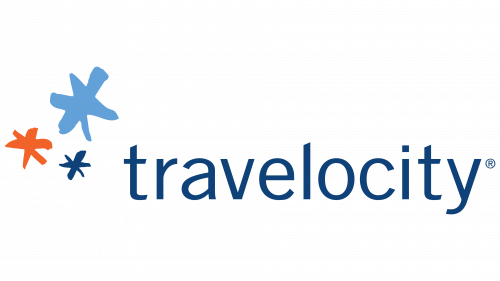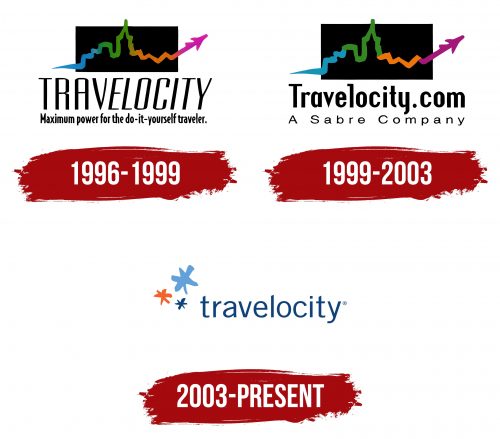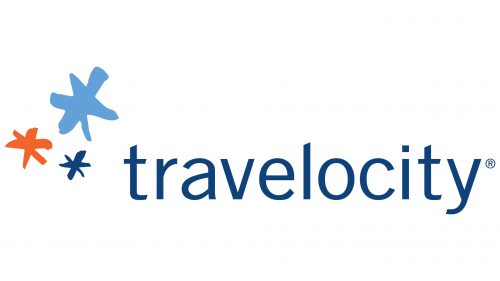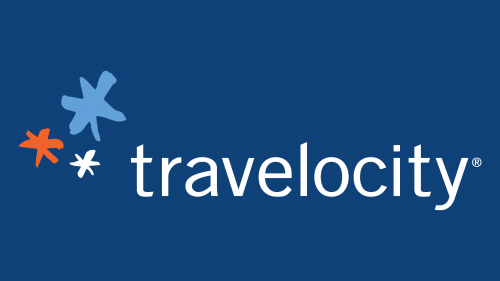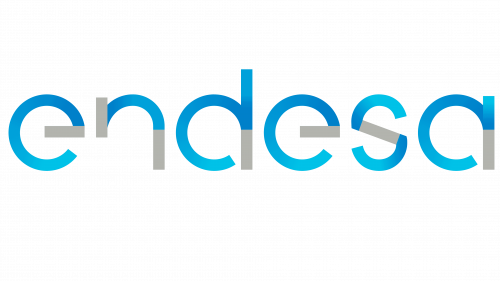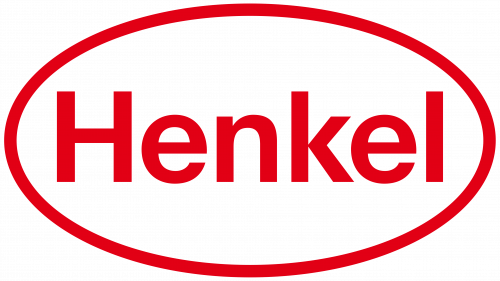The Travelocity logo reflects the scale of operations of the most renowned travel services provider. It shows that the company has vast capabilities and ensures that any trip or vacation with them will be carefree, peaceful, and enjoyable.
Travelocity: Brand overview
Travelocity was established in 1996 as a branch of the large airline reservation system Sabre Holdings Corporation. The potential for online travel booking and the increasing popularity of the Internet led to the company’s creation.
This enterprise was one of the first businesses to offer customers the option to book hotels, flights, and rental cars online independently. This was a revolutionary move in the travel business, which had mostly depended on travel agencies to organize trip arrangements.
In its first year of operation, the firm immediately became well-known among Internet users. The business gave clients access to Sabre’s huge database to compare costs and pick the best offers.
The brand saw significant growth in 1997 when it introduced the “Fare Watcher” tool, which allowed customers to monitor flight cost fluctuations. This invention substantially increased the site’s convenience, attracting more visitors.
A big step was taken in 1998 when the company merged with Preview Travel, another online travel company. This transaction grew the client base and reinforced the company’s position in the market.
The business first entered the foreign market in 2000. It started its global expansion by launching websites in Germany and the UK.
The well-known mascot, the Roaming Gnome, debuted in 2001. This marketing effort’s great success contributed to strengthening the brand’s reputation.
2002 was a year of technological advancements for the organization. With the “Best Fare Guarantee,” the company promised to repay clients who discovered a cheaper fare for the same journey.
The firm purchased lastminute.com, the leader in internet travel in Europe, in 2004 for $1.1 billion. The acquisition made the company a much stronger competitor in the European market.
The enterprise’s business section, focused on corporate travel, was introduced in 2005. This created a new market niche and increased the company’s service offerings.
The organization debuted the novel “Experience Travelers” function in 2006, which lets users recommend and review destinations.
For the company, 2009 was a year of mobile innovation. The business released its first mobile application, which let customers make trip reservations on their cell phones.
In 2012, the enterprise formed a relationship with Expedia, which supplied the booking technology infrastructure for the company’s website.
In the history of the business, 2015 was a crucial year. After paying $280 million to Sabre Corporation for the brand, Expedia finished the integration process that had started in 2013.
After Expedia acquired the company in 2015, the two firms started integrating their systems and resources in 2016. The enterprise improved its services by combining technology platforms with Expedia’s stronger infrastructure. This connection allows users to access a wider selection of hotels and flights.
The mobile app underwent an update in 2017. The updated version included features like the option to book package tours and cruises straight through the app and an enhanced user experience. The goal of this upgrade was to satisfy the increasing need for mobile travel planning solutions.
The firm introduced the “Customer First Guarantee” program in 2018, offering clients more support and assurances during the booking process. This program, which offered price matching and round-the-clock customer service, helped to increase consumer confidence in the brand in the face of fierce competition in the online travel industry.
For the organization, 2019 was a year of personalization. The business implemented new machine learning algorithms to assess customer preferences and make more pertinent trip suggestions. This improved the platform’s user experience by enabling more customized offers.
2020 saw the enterprise extend its alliances with more travel-related service providers, such as small neighborhood hotels and tour companies. This enabled the business to offer its clients a wider range of lodging and activity choices, particularly in less well-liked tourist locations.
The platform introduced a new virtual tour feature to commemorate 2021. This innovation allowed customers to “visit” hotels and attractions in 360-degree videos before making a reservation, which was especially important considering how frequently users’ travel choices are changing.
The company launched an eco-friendly travel section on its website in 2022 to expand its focus on sustainable tourism. Here, you can find information regarding eco-tours, “green” hotels, and strategies to lessen travel’s environmental impact.
A brand-new artificial intelligence-based trip planning tool, the “Travel AI Planner,” was unveiled in 2023. This tool allows individuals to design custom vacation schedules based on their tastes, financial situation, and prior travel experiences.
The organization introduced a cutting-edge loyalty program in 2024. This platform combined social interaction and gamification features, enabling users to receive incentives for sharing travel experiences, writing reviews, and taking part in environmental activities in addition to making bookings.
The business persisted in adjusting to the evolving patterns within the virtual travel sector, emphasizing enhancing the user interface, diversifying services, and integrating novel technology.
Meaning and History
What is Travelocity?
It is an online travel agency that provides various travel-related services, including booking airline tickets, hotels, rental cars, vacation packages, and cruises. The platform allows users to compare prices, find travel deals, and book tickets conveniently online. The company is known for its user-friendly interface, extensive travel options, and customer service. It aims to help travelers plan and book their trips easily and efficiently by offering various tools and resources such as travel guides, destination information, and customer reviews. The brand is part of Expedia Group, one of the largest travel companies in the world.
1996 – 1999
The theme of comfortable travel is deeply embedded in the Travelocity emblem: it is infused from the first colorful stroke to the last elegant letter. Its composition is quite interesting, showcasing both the company’s distinctiveness and the uniqueness of its identity. The reason lies in the harmonious tandem of form and color, which creates the logo’s original content.
First, attention should be drawn to the shape. Against the backdrop of a horizontal rectangle, a wavy line forms the outline of a cityscape: the contours of buildings, canals, towers, and roads. It also resembles a route drawn on a map with an open ending. This is emphasized by a plane ascending at the end of the line, following a complex trajectory.
The line’s unique configuration symbolizes the travel route the famous American tour operator offers. It’s an allegory for selecting the best path, where everything is carefully planned by the company’s experts, allowing customers to enjoy their vacation. The agency can do everything for them:
- Choose a carrier.
- Suggest accommodation.
- Book a room.
- Show the sights.
- Send them off on a comfortable plane toward their dream destination.
The second noticeable feature is the vibrant color. The designers used a complex color scheme with a gradient for the wavy line, incorporating blue, green, orange, and purple. The borders between them are effectively blurred, making them invisible against the black rectangle, which contrasts perfectly with the rainbow palette.
Form and color create a harmonious combination, accurately conveying movement, making the image presented a symbol of travel. The multicolored line is incredibly dynamic, resembling a chart with natural peaks and valleys. It is beautifully complemented by the text placed below, which consists of two parts:
- The first part is the name of the travel agency, Travelocity.
- The second part is the slogan, “Maximum power for the do-it-yourself traveler.”
The upper line uses a very tall geometric font: the capital letters are vertically stretched, making them appear light and graceful. Their uniqueness is enhanced by visual separation into two parts – one in italics and one without. The final part of the word (“elocity”) is in italics, while the initial part (“Trav”) stands upright. This makes the logo even more dynamic. Incidentally, the first row gives a strong sense of airflow, thanks to the absence of serifs and the thin strokes used in the letters.
The lower line is denser due to the small, bold glyphs. They are placed so close together that they resemble seeds in a sunflower head. This line is hard to read because it is not easily distinguishable from a distance. To make it at least somewhat clearer, the designers colored the letters black and chose a white background. Both rows are center-aligned, which makes the logo look balanced.
1999 – 2003
When the travel provider launched its website, it redesigned the logo. The result was a modernized version featuring the text “Travelocity.com.” It retains the previous emblem, but some changes significantly affected its appearance.
For instance, the text is now in a bolder and more elegant font. Instead of uppercase letters, the designers used lowercase ones, sharpening the ends and neatly trimming the elongated strokes. This is seen in several characters: “r,” “v,” “t,” and “y.” The extravagant symbols appear light because the spacing between them and the inner letter spacing is quite large. This adds an airy feel to the logo, essential for expressing the concept of a tour operator offering comfortable travel.
Another significant change is the introduction of clear boundaries between the colors, as the gradient has been removed. However, this did not diminish the travel atmosphere—it enhanced the spirit of tourism, as the colorful segments of the wavy line now resemble marked road sections on a map. The airplane still soars upward at the end of the line, though it is now slightly darker than before.
Changes also affected the second line, where the slogan was removed and replaced with the phrase “A Sabre Company.” This phrase is written in a rounded font with sans-serif glyphs spaced widely apart to create a sense of casual lightness and openness.
2003 – today
The era of the new Travelocity logo has arrived, featuring a more refined and joyful design dominated by positive emotions and completely free of black strokes. The redesign was prompted by a shift in the travel agency’s concept, as it decided to focus on the pleasant experiences customers can have from a well-organized vacation. This led to the creation of an elegant wordmark paired with an abstract, life-affirming emblem that includes:
- The company name;
- Stylized stars.
The minimalist image is crafted professionally, conveying many ideas despite having few elements. The logo’s simplicity and clarity reflect an authoritative representative of the global tourism industry, one that truly cares about how its customers travel. This level of care has made the tour operator widely sought-after and allowed it to surpass competitors.
The text is written in lowercase using a two-dimensional, thin, sans-serif, and precise font. It harmoniously combines straight edges, angles, and curves, creating no visual dissonance when viewed. The logo comes across as charming and friendly. The elegant letters resemble those from the Iwata G Gothic Pro Medium typeface, but certain alterations prevent this from being stated with complete certainty. For instance, the top of the letter “l” is cut diagonally, and the end of “v” is not pointed; it is flat, symbolizing the company’s stability. The absence of serifs signifies openness.
To the left of the company name, three stylized stars shine. Their shape is highly abstract, composed of three short strokes stacked on each other, resembling snowflakes rather than stars. At the same time, they also look like sparks from fireworks. Either way, these elements reflect the joyful, carefree feeling that customers experience when they choose this company. For symmetry, the designers depicted one large star and two smaller ones, adding dynamic energy to the logo.
The positive mood is also reflected in the color palette. In this version of the visual identity, there isn’t a single dark stroke: neutral blue dominates, complemented by light blue and orange. These colors symbolize the sky, sea, sun, warmth, fun, carefreeness, and calm, representing Travelocity as a reliable and authoritative travel provider that truly understands travelers’ needs.
The smooth strokes of the glyphs and the pleasant color scheme embody a passion for travel and relaxation in a comfortable environment. They also express the safety the agency strives to provide its clients, opening up new opportunities and interesting places for them to explore. Freshness, dynamism, gentleness, and ease are the feelings evoked when looking at this bright and simple emblem.
